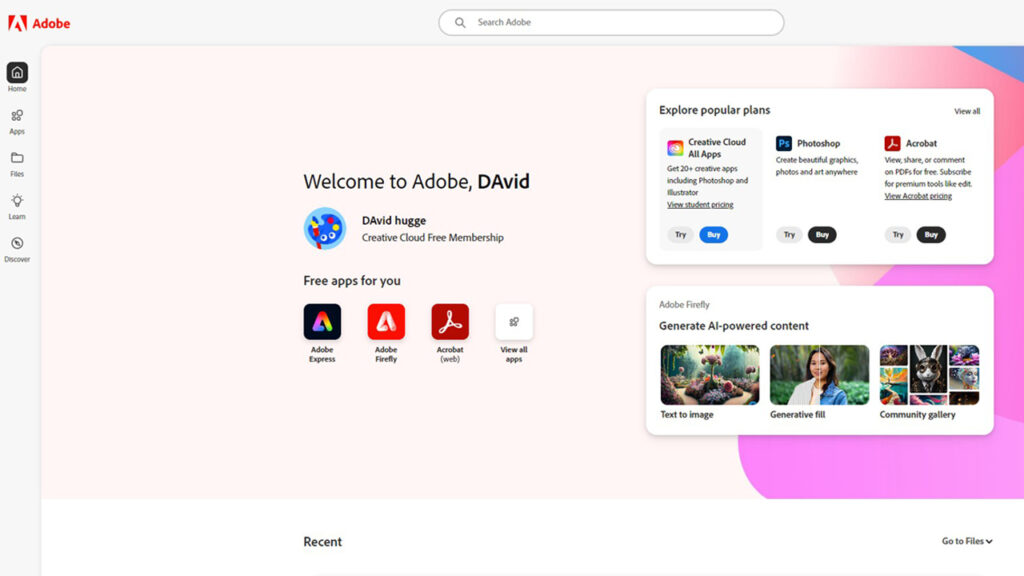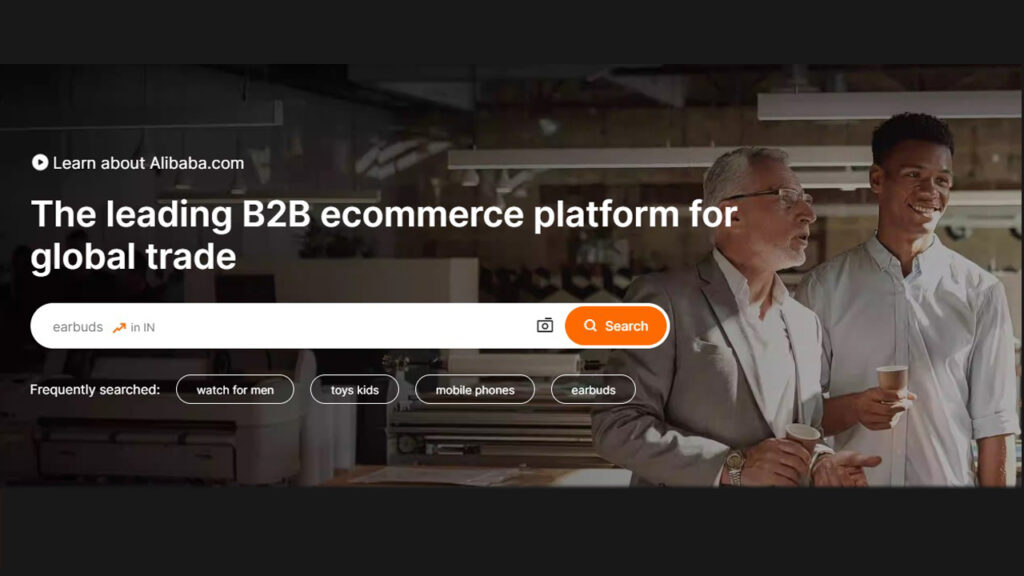You will find so many blog on How To Add Social Media Links To Adobe Portfolio in various ways but here in this post I will share only 3 simple and easy steps. So let’s get started!
Adobe Portfolio designed by Adobe Systems is a web publishing and website building platform. It provides creative professionals, students and entrepreneurs with a simple way to make their own beautiful websites, where they can demonstrate their work and talent online.
Adobe Portfolio comes with a bunch of designer-made templates which will give you some time to choose and get customized with color, fonts, images, and other layout. Users can add images in the galleries to demonstrate their visual contributions. They can also link their blogs, add contacts forms, choose custom domain names, and much more. These sites are being hosted by Adobe’s platform, hence no need for code knowledge to set up a website.
The integration of Adobe Portfolio with different Adobe apps like Adobe Lightroom, Behance and Adobe Spark is named as a main user feature by Creative Cloud. With this feature, the site will be able to automatically import activities/projects from these other platforms into the users’ portfolio site.
For example, Organizing these assortments into Lightroom collections can be seen in the photo galleries.
The sites created in Adobe Portfolio are optimized for desktop and mobile viewing, thereby ushering to the creators, the ability to gain the attention of audiences from anywhere.
These platforms also provide SEO functionality that pops up “out of the box,” making their work and creations easier to find online. The analytics, metrics and the site visits are great ways to understand the number of people who visit your site and how long they stay on it.
Along with the appealing interface where immediate sharing, embedding links, and social media integration is provided, Adobe Portfolio offers customized design options, inbuilt hosting, and smooth interplay with other Creative Cloud applications so all creators, of any level of professionalism, are able to publish their best projects in the form of a unique portfolio website. It becomes favorable for both students, photographers, and designer to showcased their talent with the help of digital platform.
Also Read:- 5 Must Have Social Media Marketing Tools For 2024
Adobe Portfolio and its features
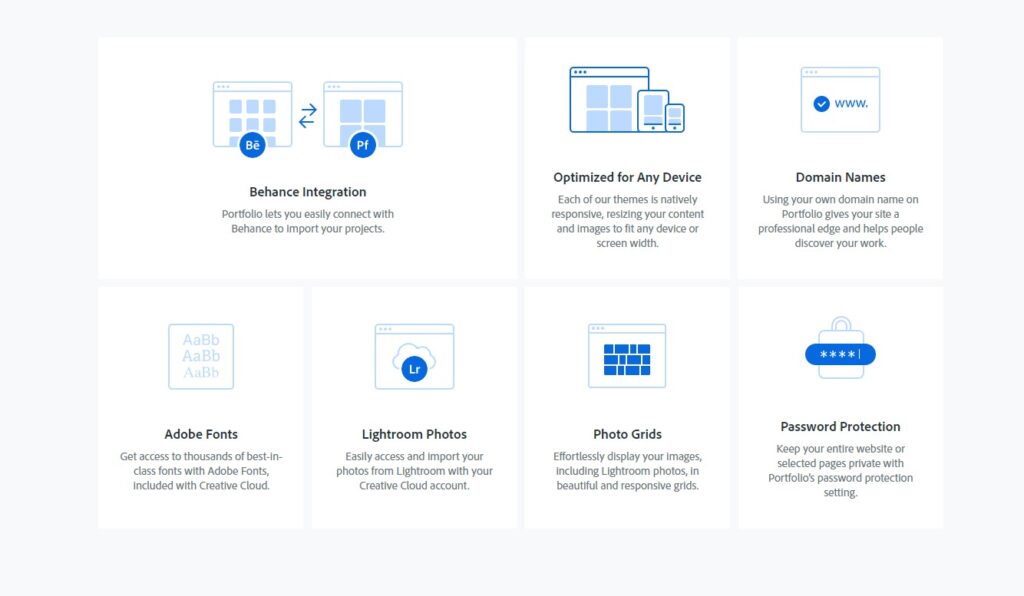
Here are some of the key features of Adobe Portfolio:
- Framework templates
- One-click edit mode
- Works with Behance
- Mobile responsive
- Easy domain setup
- Detailed data
- SEO Customize
- Password protection
- Cloud hosting
Framework templates – Adobe Portfolio is equipped with lots of examples which you can use in literally seconds to make your online portfolio. Go wild with your imagination and customize colors, fonts, lay-outs and lots of other features that will be a perfect symbol of your personal brand.
One-click edit mode – With the Adobe’s hassle-free drag-and-drop user interface you can have your portfolio up and running in no time. It takes so little to make media drill available: no need to carry any device with you. You can upload your photos, videos, text and PDFs and arrange them however you want.
Works with Behance – You can sync your Adobe Portfolio with your Behance account in order to showcase work samples to the members of the creative community.
Mobile responsive – Your slick website will appear well on any device you like – desktops, tablets, smartphones, etc, because it is optimized for mobile. It will be able to adapt to the screen sizes of diverse device types.
Easy domain setup – Your Adobe Portfolio domain name connect to your website with few clicks.
Detailed data – Track visits, views, average time spent and many more to see in which manner people interact with your portfolio.
SEO Customize – Design themed metadata, alt text and other SEO best practices to gain rankings for search engines.
Password protection – Put a password on your portfolio so that you can have a more secure portfolio and easily share it with only selected clients and collaborators.
Cloud hosting – With your site hosted remotely in the cloud, the hassle of maintaining hosting, backups, and upgrades will be no more.
How Adobe Portfolio can help showcase your work?
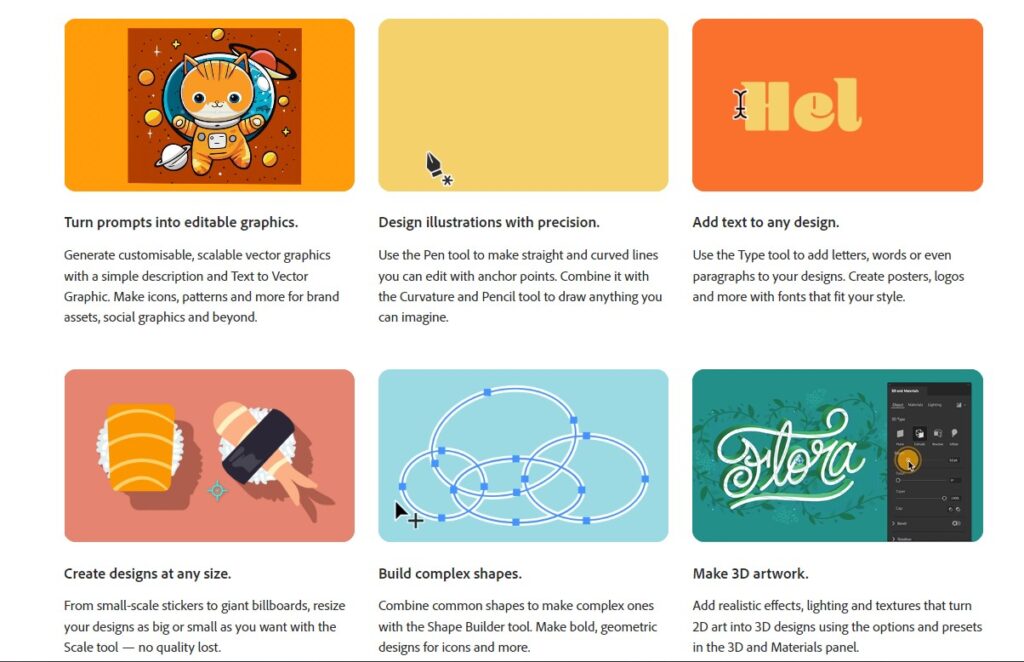
Portfolio websites
- Adobe Portfolio can help you easily create an individualized website where you showcase your best creative products such as design work, photography, content writing and many others. By making the website design personalized with your color scheme, fonts, and layout, it could align with your business branding.
Galleries
- Portfolio is a plugin that provides multiple gallery layout options to display your visual work in a better way e.g. photos, illustrations or graphic design project Space your projects into various galleries is possible.
Project pages
- Through the use of project pages, showcase in greater depth the individual projects you are championing. You may include project description, images, videos, polls, or any other media to enrich the context and increase engagement.
Custom domain
- Using your own custom domain name to upgrade your Adobe Portfolio site. This is necessary if you wish to build a personal brand that looks professional.
Fast and simple
- Being integrated with the Creative Cloud tools, Adobe Portfolio features an up-to-date and user-friendly interface that assists website management and editing and adds new content with ease.
Shareable
- Include social sharing buttons that are easily accessible to users who can share your work by clicking once on platforms like Facebook, Twitter (X), and Pinterest.
Integrations
- Embed slideshows, videos, PDFs, and other multimedia files from any sources like Behance, Youtube, Google Drive, and so on to display your work at its full potential.
For this reason Adobe Portfolio becomes the right tool for creative individuals to be in a position to develop, customize, maintain and showcase the best works in websites in an easy way.
How to add social media links to adobe portfolio?
Adding social media links to your Adobe Portfolio is a great way to connect with potential employers and showcase your work to a wider audience.
Here are few Steps:-
Step-1

Step-2

Step-3

What social media platforms to link to your Adobe Portfolio?
Here are some of the main social media platforms you can link to from your Adobe Portfolio:
- Facebook- Place a link on your facebook page or profile so visitors could find easily you.
- Twitter: Add your Twitter handle so people can follow you and can view all your latest tweets.
- Instagram – If you have Instagram, simply mention so people can check out your photos.
- LinkedIn – By placing a link on your LinkedIn profile, you will allow site visitors to interact with you rofessionally. Don’t have Linkedin acoount you can visit here goodfirms.
- Youtube – If you own a youtube channel and you have videos which you believe can be of interest to the visitors, don’t forget to paste the link in order to acquaint them with your videos and they have the chance to subscribe to your channel.
- Pinterest – Link to your Pinterest profile if you apply this media platform for collection, visualization and inspiration.
- Behance: Being an Adobe application, Behance smoothly fits to Adobe Portfolio. Add a link to portal for projects and portfolio as well.
- Dribbble – Jump to your Dribbble account if you have any design work posted there.
The core issue is to employ only the social platforms that are relevant to your type of content and target audience. Be the master of your own field and concentrate on the only 2-3 platforms where you are already active.
Benefits of adding social media links to Adobe Portfolio
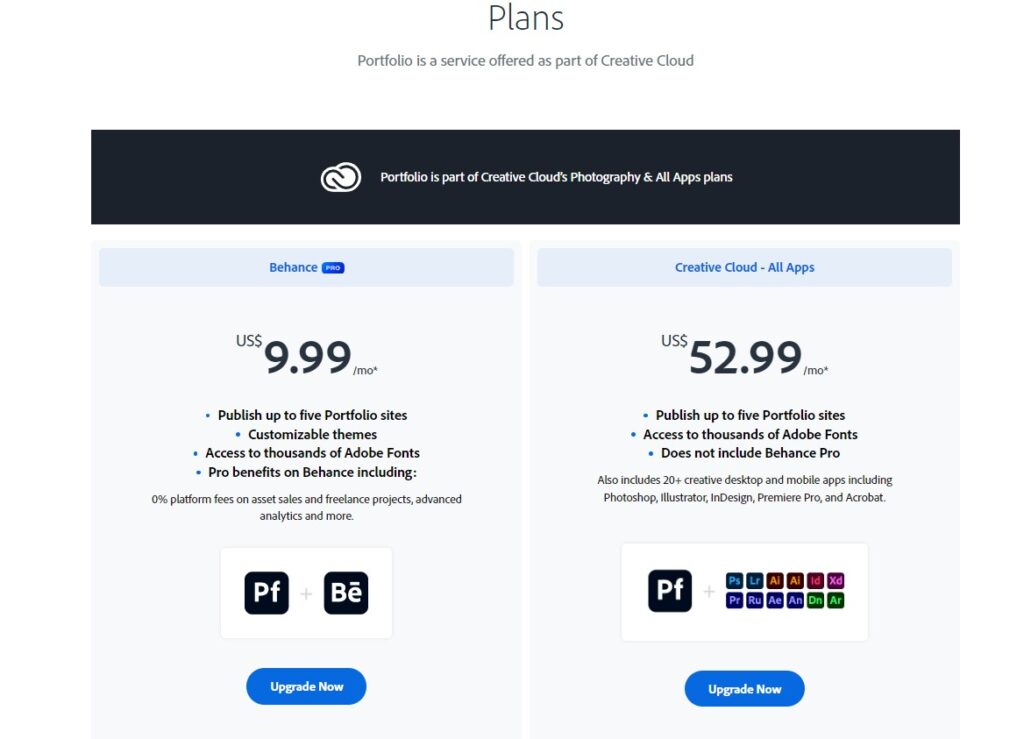
Check out few benefits of adding links to Adobe Portfolio:-
Increased visibility and reach: With social media profile links you have all the chances to be found on your Facebook, Twitter, or Linkedin pages by visitors who will surely like to expand their own reach.
Drives referral traffic: By sharing your Adobe Portfolio link on social media, you are not only inviting friendly visitors to check out your site; you will also be engaging in inbound marketing. This traffic enabled us stay in touch with engaged users.
Professional image: By involving social media links you look savvy and you also demonstrate that you are also taking charge of your online reputation. This works to make the visitors believe that whoever is handling their care, is competent.
Networking opportunities: The social links, such as Twitter, Facebook, and LinkedIn, are the doors of opportunities and enable visitors to link to you and open networking/collaboration, jobs, and consulting, etc.
Brand consistency: Include all links your social profile for every place you exist within social platforms, so as to keep with the branding theme.
Visitor engagement: The followers will now be able to share or talk about your project which is already in existence on the social media, again promoting more interaction.
Feedback channel: Through social networks visitors would be given the chance to give feedback either via the page or the project section.
Thus in the final analysis, aside from improving findability, traffic, professional credential and connection with your site visitors, adding social networking link does bring value. Besides, your social presence should be consistent and aligned which ensures a one and same branding message.
What are some things to keep in mind when adding social media links to adobe portfolio?
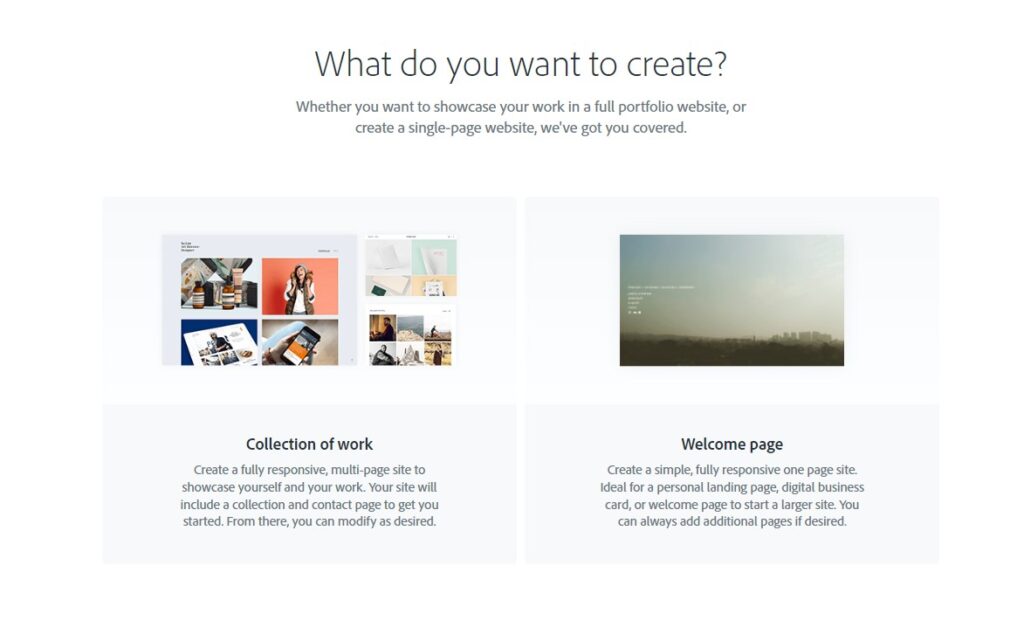
You need to give credit to few things when adding social media links to your adobe portfolio website. Here are these things listed below:-
- Consistency
- Location
- Include only active profiles
- Exploit sharing metadata
- Go straight to the point
- Temporizing would only worsen the situation
- Track the performance
Consistency – It is important that you use the icons that have the same style for all social media platforms. This is one way in which the lack of variety in their home items, the bigger their place looks.
Location – These icons are normally located in header or Instagram of the site where they are easily seen. On the contrary, being on the other side can also be another option. Decide based on the configuration that is more to your taste, or feels more natural.
Include only active profiles – Active social platforms icons only will be added; keep the ones you actually use and update. They will also encounter blocked accounts mostly they will see no content.
Exploit sharing metadata – Adobe Portfolio has in it’s built-in metadata that permits visitors to seamlessly and effortlessly share your pages on social media. As you create the site, make sure you do this in the site settings.
Go straight to the point – Imagine if you click on any platform link, you would be taken to your personal profile and not the main site of the platform.
Temporizing would only worsen the situation -preserving the environment should be a main goal for further development. The links should be as visible on the mobile version of the website as on the desktop version. This may involve putting them in the menu of the mobile version of the site in case they are inadequate.
Track the performance – Employ link click tracking to be familiar with which social media channels generate the most traffic. Then reallocate resources from other channels to the most productive one.
To rewind, you should have a professional Adobe Portfolio website first, if you don’t have one. Next footer widget is created to be the social icons container. Go to the widget settings tab, and copy and paste the links to your accounts. If you like, I will create different styles of icons. That’s it! Now publish your portfolio and don’t forget to check links.
